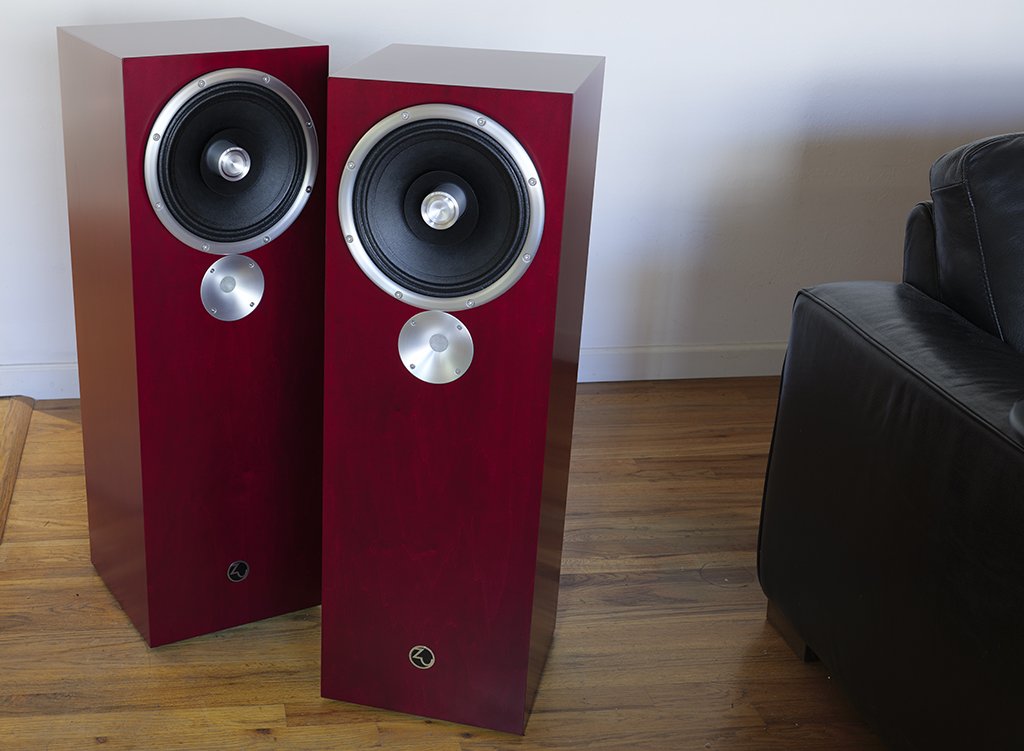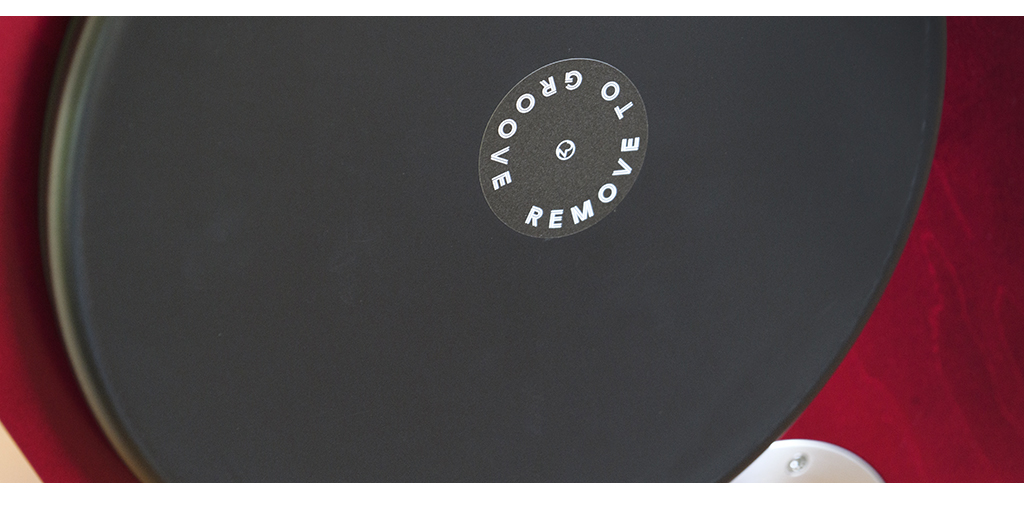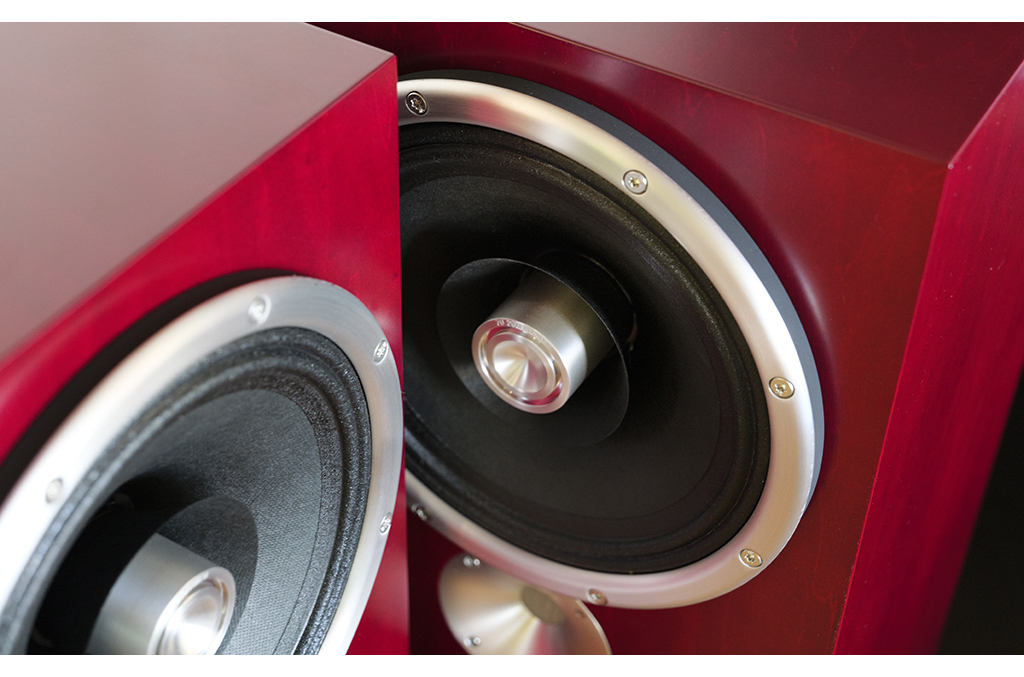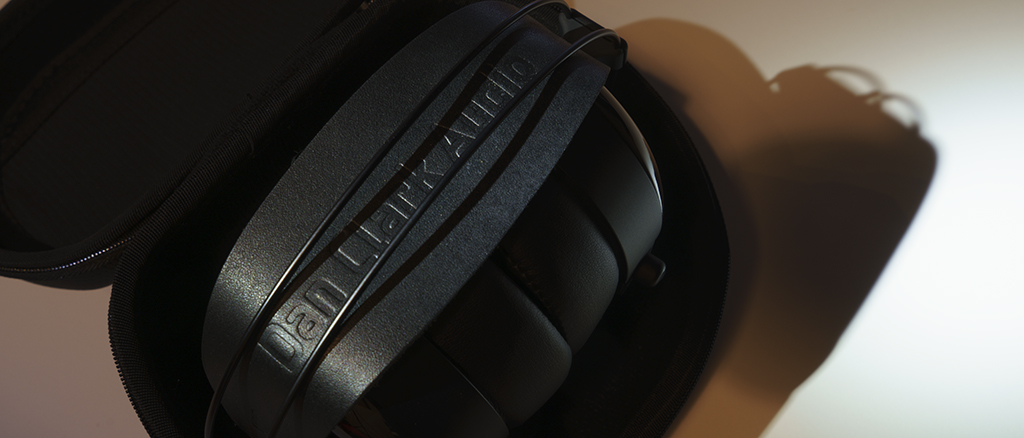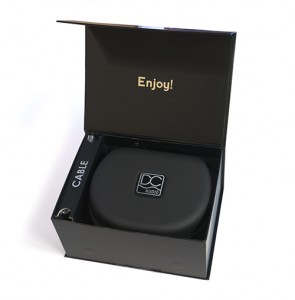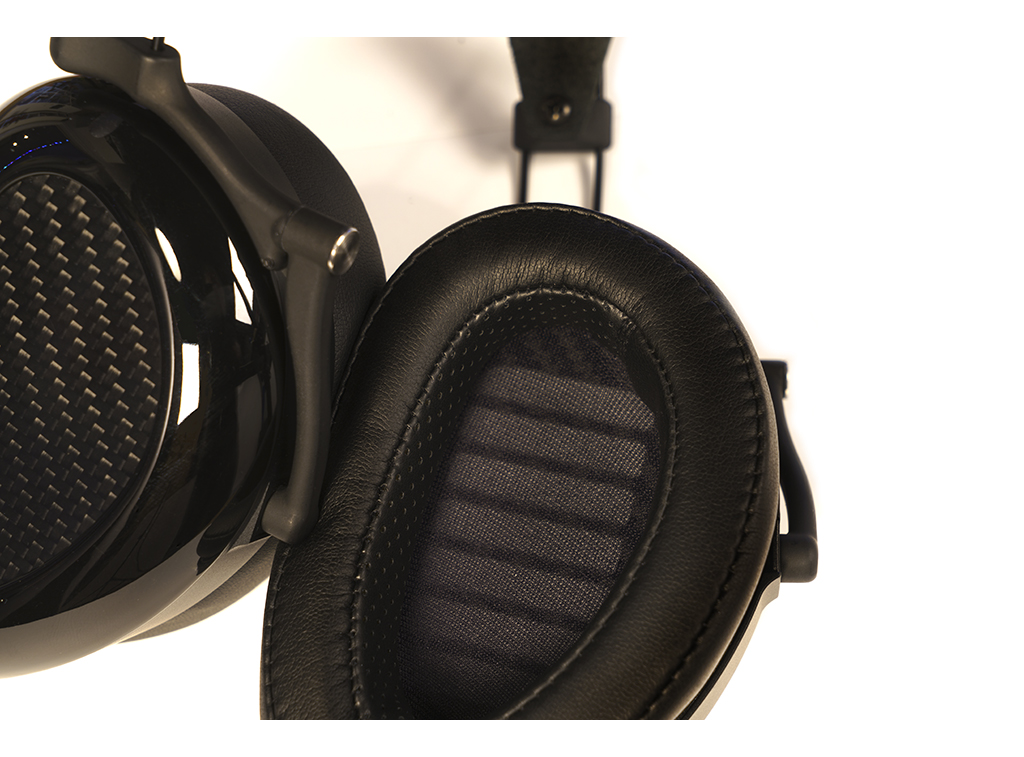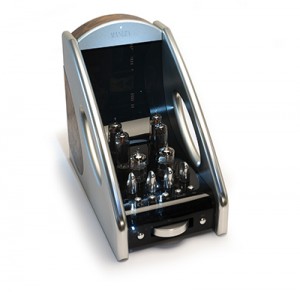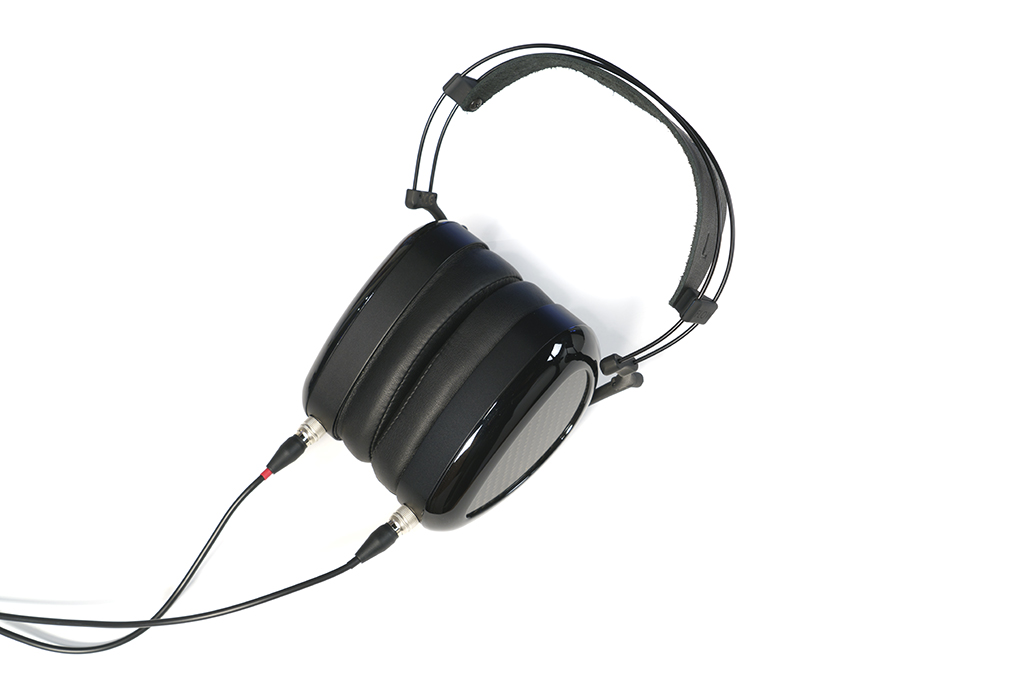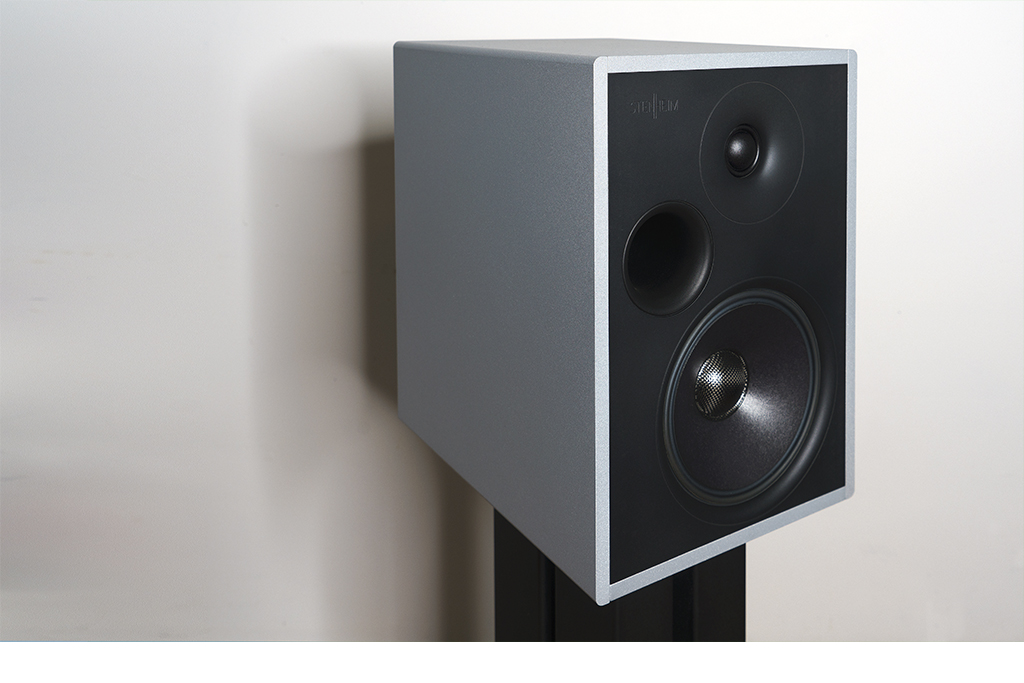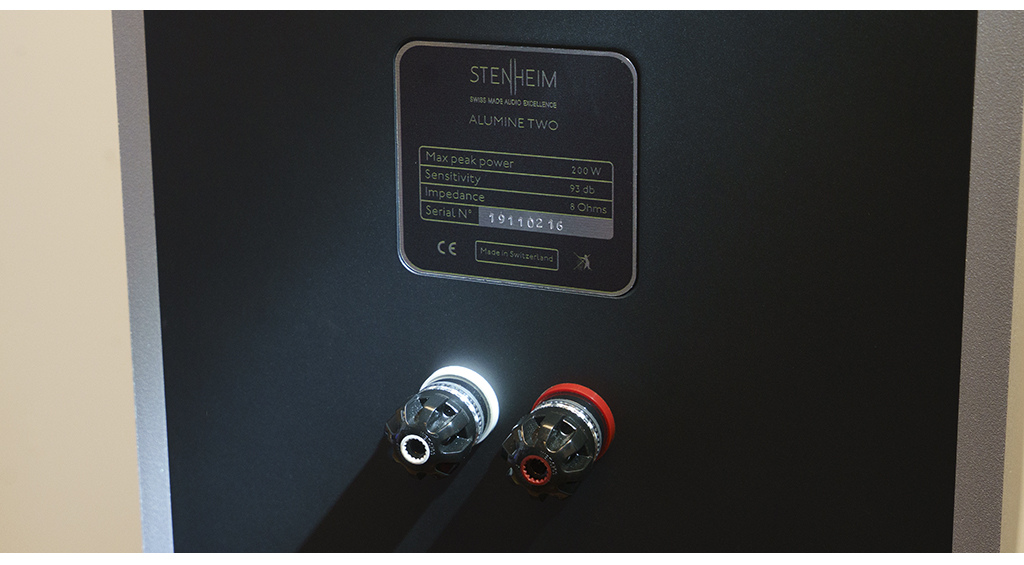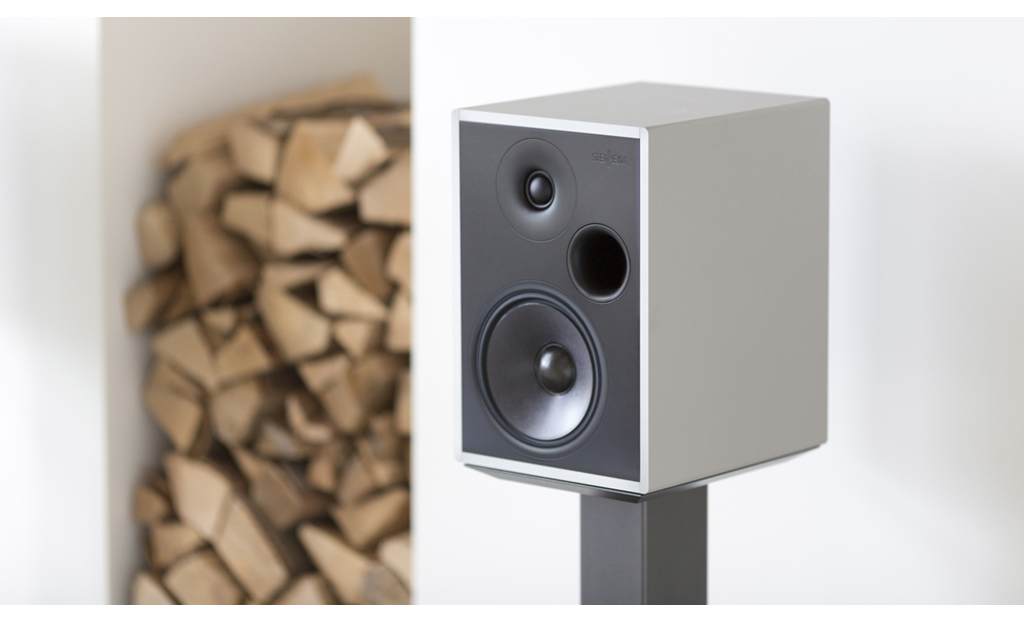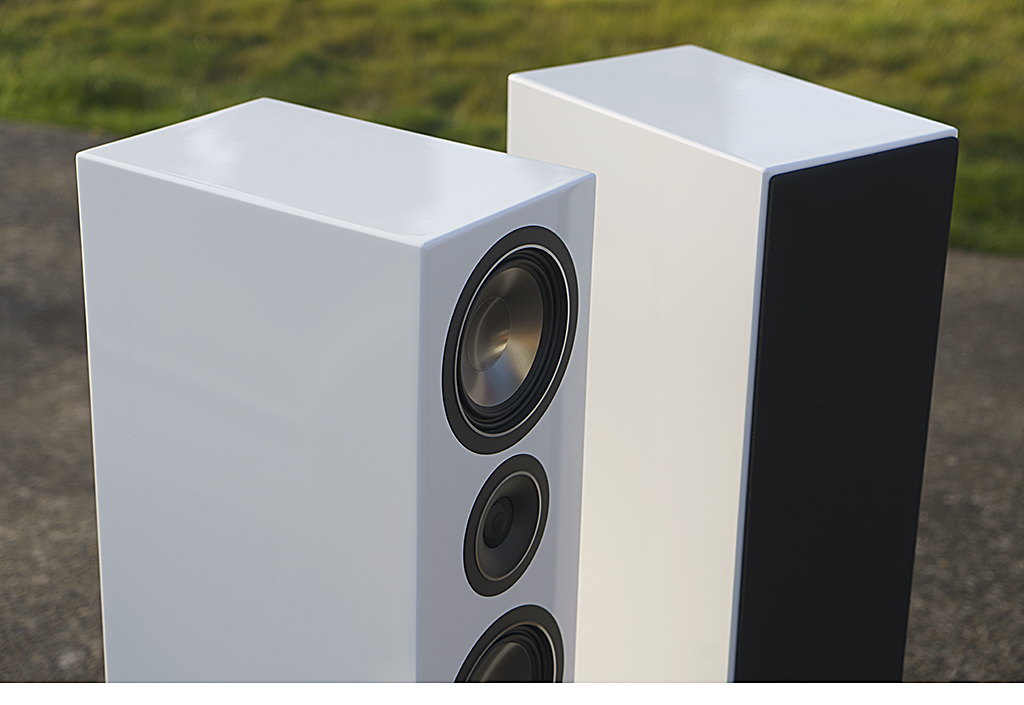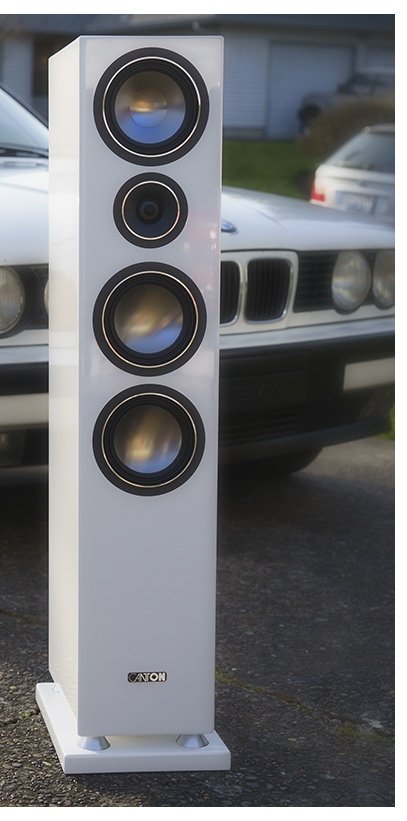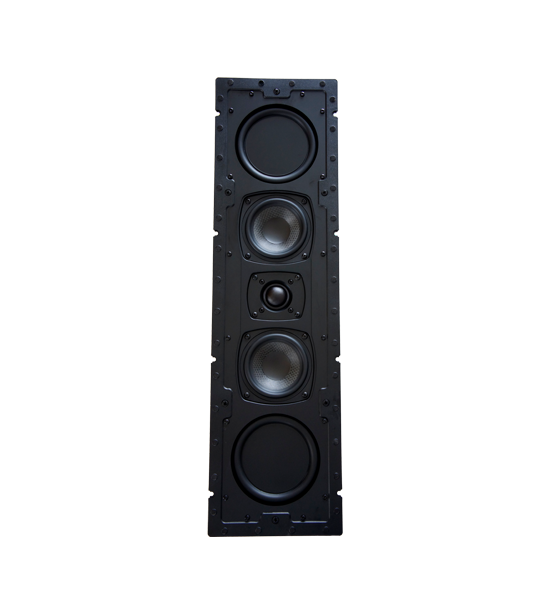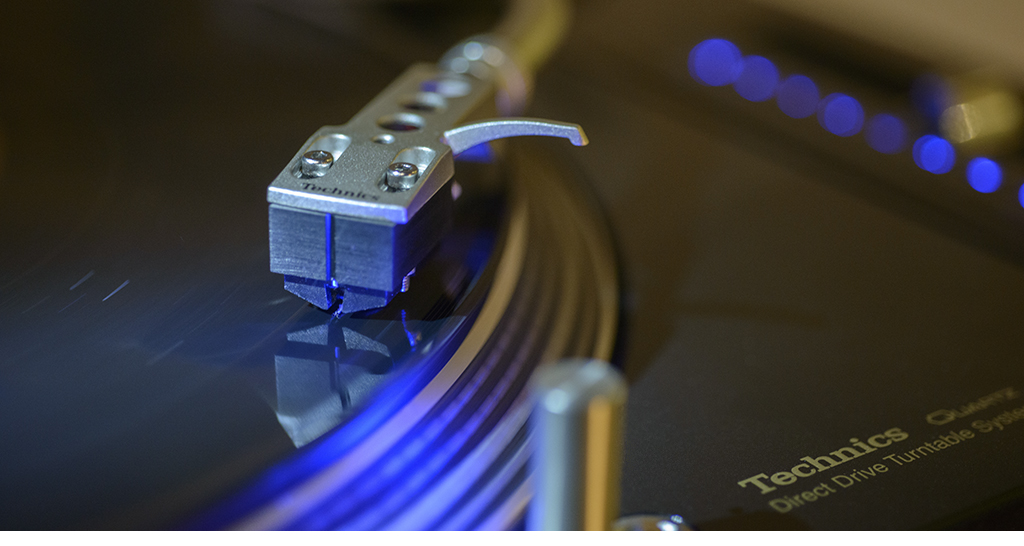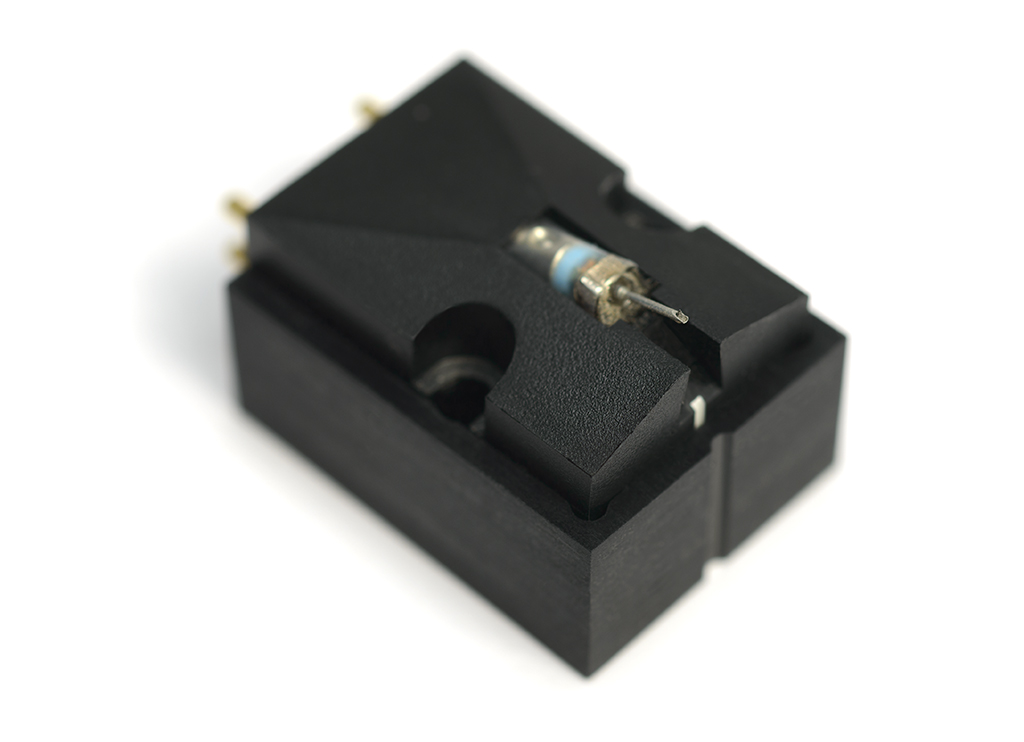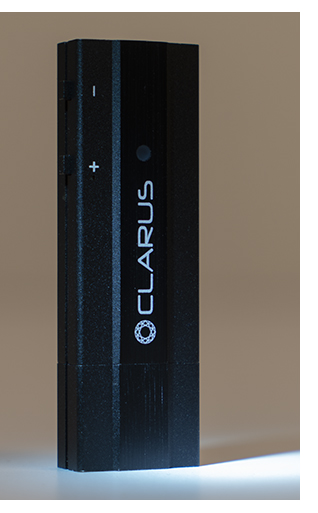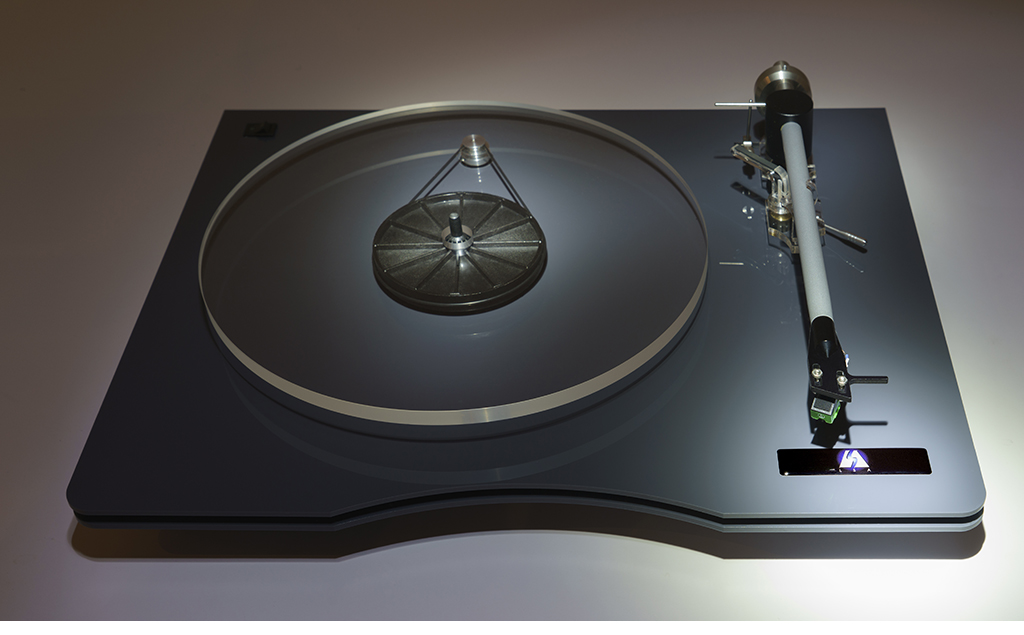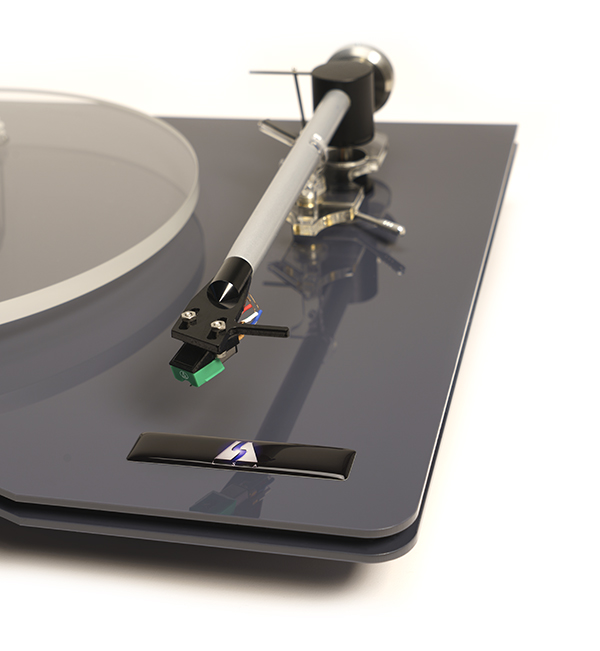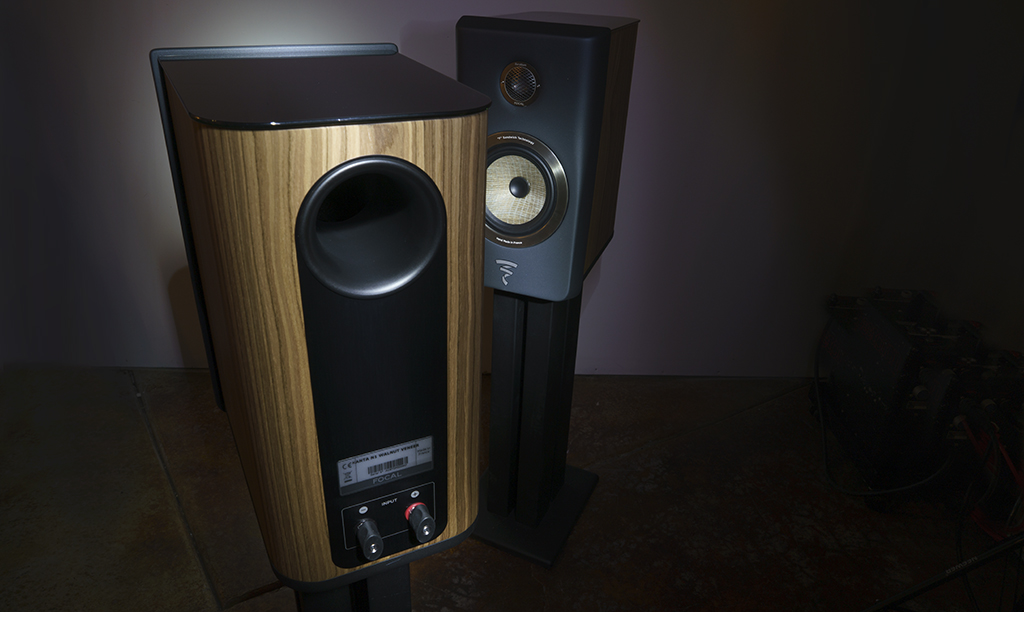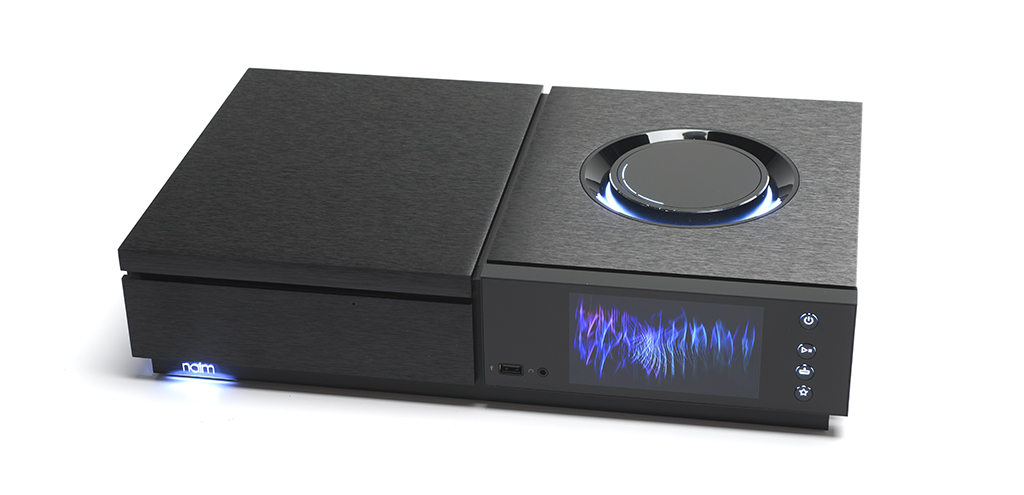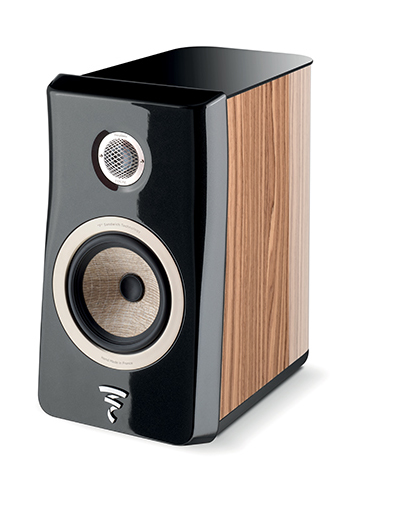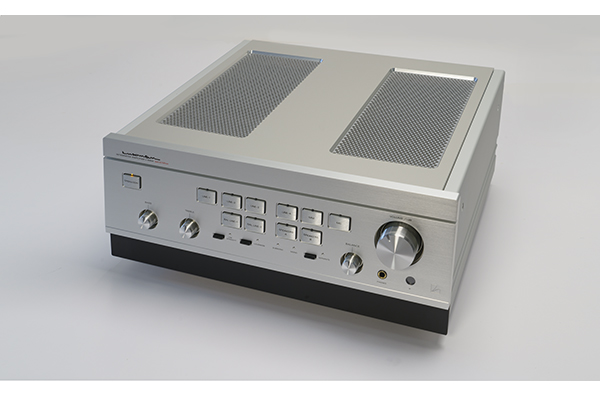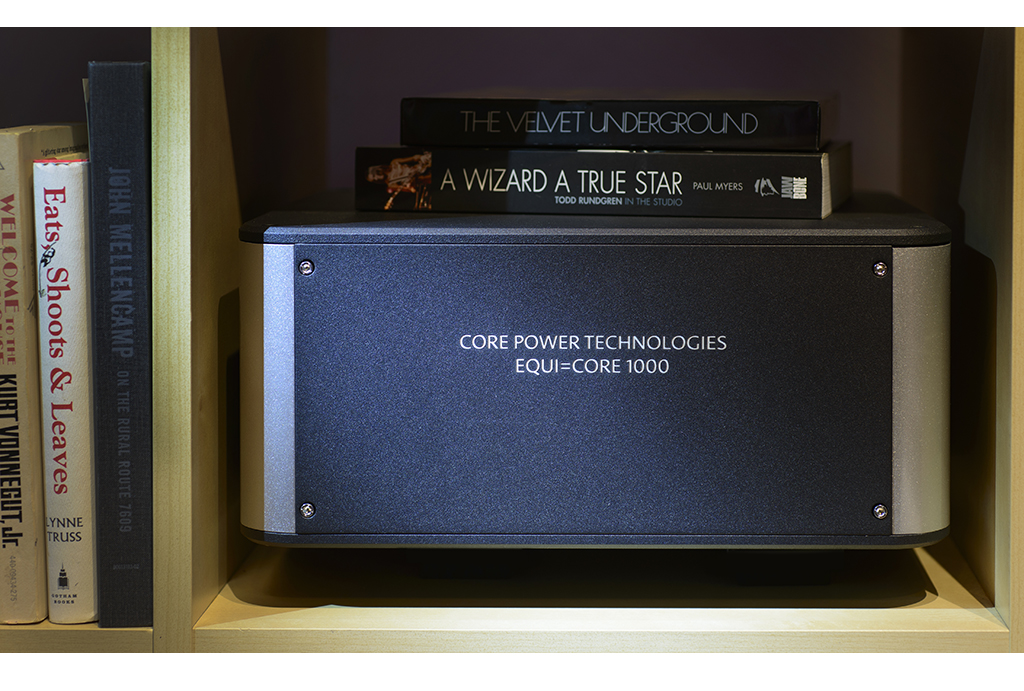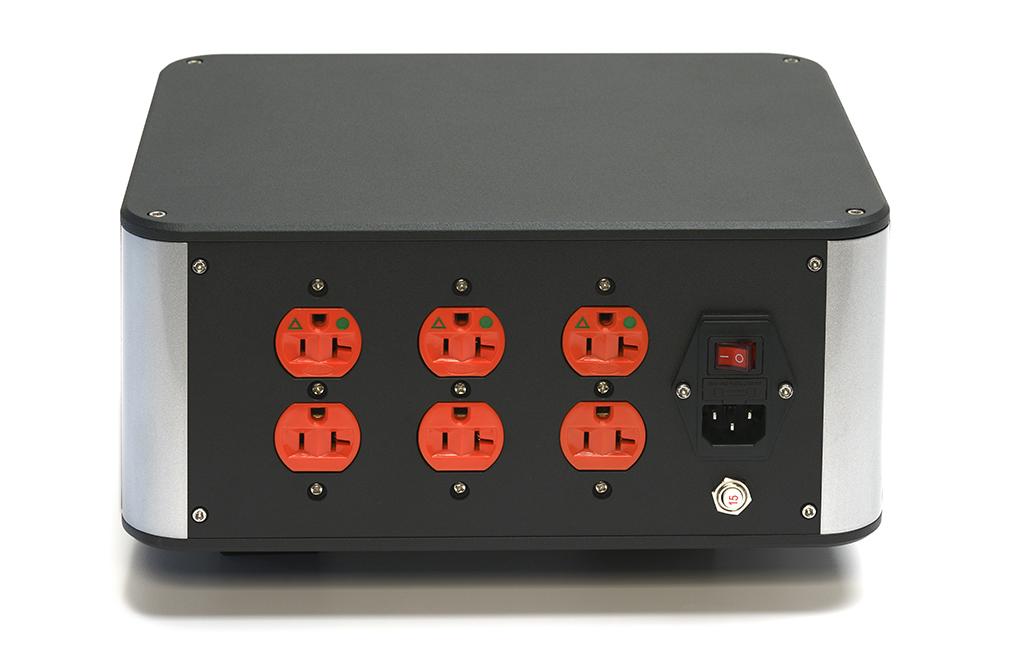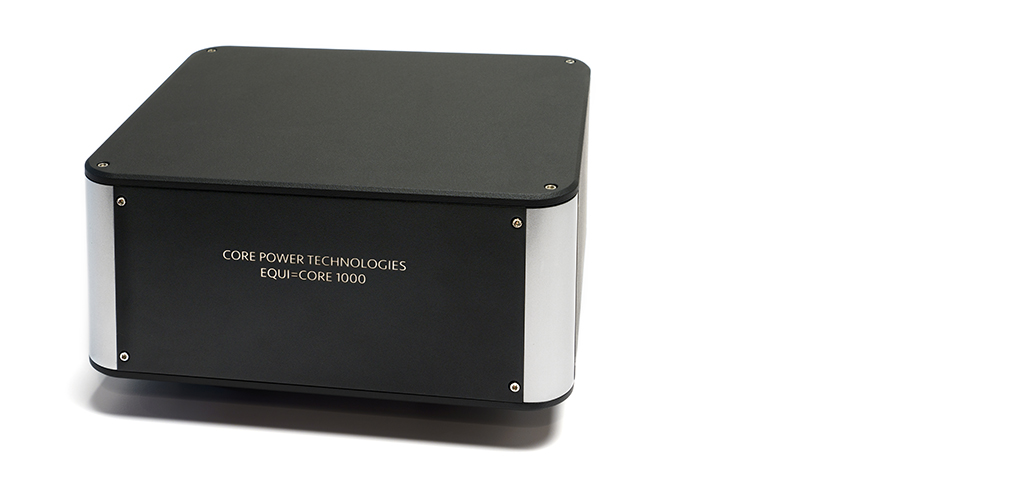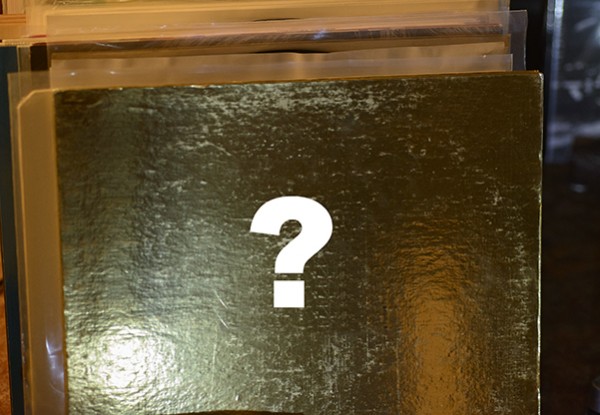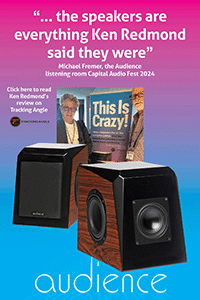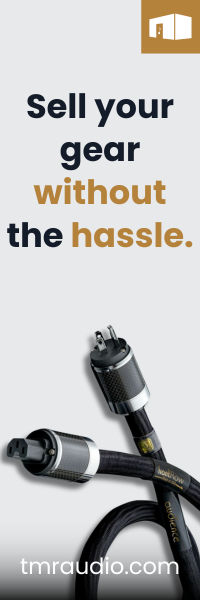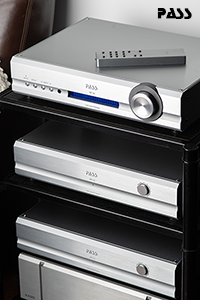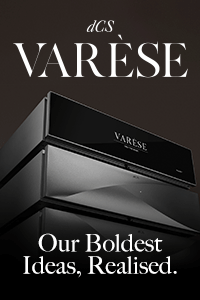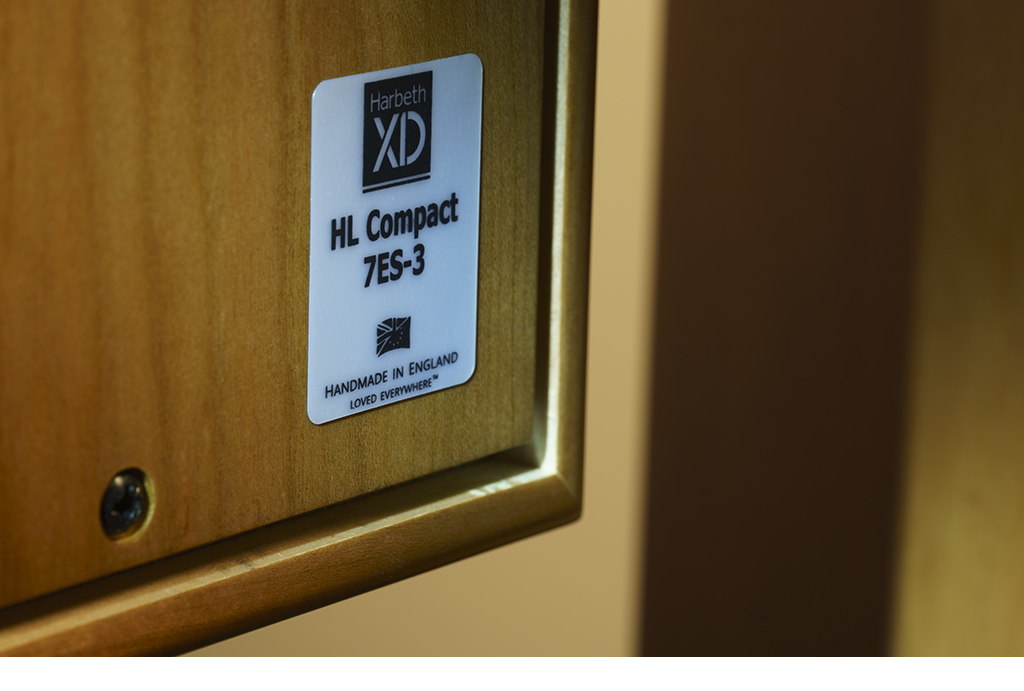 Listening to the gentle interplay of Roberta Flack and Donny Hathaway on their classic track, “Where is the Love?” its panoramic presentation plays to the strength of Harbeth’s latest version of their ever popular Compact 7 monitor.
Listening to the gentle interplay of Roberta Flack and Donny Hathaway on their classic track, “Where is the Love?” its panoramic presentation plays to the strength of Harbeth’s latest version of their ever popular Compact 7 monitor.
Having owned the original and the anniversary version, the current “XD” series is the best yet – at least for most of us. If you’re the person that always likes the original version of something, claiming all subsequent versions to not only be rubbish, but not “the real example,” you might be a little put off by the extra resolution served up by this model. As they say in business school – “you’re not the right customer.”
Comparing these speakers to another British favorite, the Quad ESLs, the Harbeths reproduce so much music perfectly through the midband (a testament to owner Alan Shaw’s loyalty to the BBC ethos and the RADIAL2™ technology unique to Harbeth) you forget that they don’t have enough resolution to kill flies at 20 paces, and low frequency extension to loosen your dental work. And that’s just fine. Tracking through the Rolling Stones’ “I’m Just Waiting on a Friend” is absolutely lovely. Jagger and Richards’ voices occupy their own personal space, with the background vocals slightly off in the distance, yet Charlie Watts drumming is anchored solidly, and you can follow every note in the bass line precisely. The Brits call this “pace and timing.” This is what will keep you in the listening chair all day – this lifelike quality that the Harbeths present.
At first glance, $4,890 (in cherry, seen here and $5,190 for walnut or tamo ash) might seem a little spendy for a pair of Brit-Monitors, but the world economy, and shipping costs have been causing havoc for everyone, not just high-end audio manufacturers. These speakers are worth every bit of their price tag. Keep in mind, Harbeth speakers are still designed, and hand built in small batches in their UK factory.
Easy set up and integration
Harbeth’s Alan Shaw is a meticulous designer. I’ve been to the factory, and I’ve seen Shaw’s volumes of notes. These speakers are not merely a result of picking a few drivers, building some cabinets, and off you go. Everything is deliberate, everything is measured, and triple checked. The end result is nothing short of stunning, and a side benefit to this is a house sound in the best way possible. As you move up the range, each speaker is optimized to not only deliver more music, but in increasingly bigger rooms as well. Though I’ve been achieving great results in my larger 15 x 26-foot room (on the short wall), these speakers deliver an incredibly good balance of low frequency extension and upper bass/midrange balance in a room about 13 x 18.
The level of output and articulation the XDs produce will not have many people clamoring for subwoofers. Their rated sensitivity is 86db/2.83v/1m, but that doesn’t tell the whole story. While this suggests a relatively inefficient speaker, Harbeths have always been incredibly easy to drive. They are equally easy to set up. Thanks to their wide dispersion characteristic, they don’t need a lot of toe in to get the sound “right.”
As with every stand mount speaker we’ve used, stand construction, interface between speaker and stand, and stand height is important. But again, there are a few trains of thought here. The C7s work well on low (approximately 18”) medium (24”) or high (28”) stands. Some prefer them with minimal mass stands, while others like the weighted Sound Anchors, or something very similar. Your couch height and presentation preference will determine what your final setup will be. I have heard all three work. Our tests were all performed with 24” filled Sound Anchor stands with blu-tack between the speakers and stands, or the 18” filled stands that came with our Wharfedale Linton speakers. Harbeth suggests bringing tweeters to ear height for best results, and we concur.
While some feel the Harbeth sound is slightly “wooly,” I submit that it’s all about quality in the amplifier department. TONE has auditioned and/or owned all of the past models except the Monitor 30, and that has never been our experience. Connected to a low power, low quality tube amplifier with no control, or current capability, the new Compact 7 will leave you wanting more, but taking the perspective that an excellent monitor will expose the weaknesses up the chain – that’s what needs to be investigated.
The new speaker is even more tube friendly than its predecessor, and when combined with the Octave V110SE, the PrimaLuna EVO400, or the new McIntosh MC1502, the results are nothing short of breathtaking. Of course, our results with Luxman, Pass, Boulder, Parasound, and Nagra on the solid-state side of the fence are equally compelling. However, the little bit extra beauty achieved with the Nagra Classic Preamp and the McIntosh MC1502 is tough to ignore.
Everything makes a difference
This brings us to the improvements on the XD models. While this version of the C7ES makes use of the same driver compliment as the last model, incorporating a lot of what Harbeth learned in terms of cabinet refinement and improved components in the crossover network has allowed these drivers to deliver even more performance. Shaw claims he’s “flattened out the small lumps and bumps in the frequency response by using custom made resistors, coils and capacitors. So the overall sound is better integrated bass/mid/top.”
The current model has all the magic, friendliness, and vocal/midrange accuracy that we’ve always enjoyed from Harbeth in the past, but with increased clarity – all the way through the range. I can’t claim to remember the minute details of the last version, so I borrowed a pair for some real side by side evaluation.
Unless you have canine hearing and photographic memory, enough of the Harbeth sound carries through both new and past generation, that after listening to the new ones for a while, you want to stay there. Yet if you switch back to the old ones, you’ll instantly notice a little less depth, a little less sparkle on top and a bit less slam on the bottom, but after about an hour, the smile returns to your face. The most OCD of you might have to trade up. Yet, for the rest of you the current version will be an excellent choice compared to something else you might have been considering.
Back to the core
These speakers never sound harsh, forward, or fatiguing. Again, so much of whether a pair of these are for you will depend on what music you listen to, and how you listen to it. If you don’t listen to the heaviest of rock music, or the punchiest electronica at punishing levels, you’ll be surprised at just how much the current Harbeths can handle. Even when listening to things like Led Zeppelin, TOOL, or The Foo Fighters at less than brain damage levels is very rewarding. Tracking through an old favorite, Bruce Springsteen’s Greetings From Asbury Park, NJ not only follows the dynamic swings, but reveals the nuances of Springsteen’s voice and acoustic guitar in a way few speakers can. Again, this is what keeps you in the listening chair for hours on end. Mixing it up for some bass heavy tracks again confirms that there is more than enough of the fundamentals to get a solid musical experience.

Where a smaller monitor like the LS3/5A or Harbeth’s own P3ESR (which we’ve also reviewed) often seems like it just won’t play big enough, in the sense that the sonic image created in anything but the smallest of rooms is smaller than life, the C7 is just right. To counter this, there are times that the Quads produce an image that is overblown, though not to the extent that a pair of Magnepans does.
The C7s, properly set up with a bit of space between them (when the stereo image collapses to two individual mono speakers, you’ve gone too far in your quest) creates a sonic landscape that feels believable. In addition to the vocalists and instruments sounding natural, and realistic, the size and spatial relationships sound right. If you’ve ever heard a solo vocalist or small ensemble perform in a modest sized room, you know what we mean. The same thing goes for acoustic instruments. The more time you spend in the listening chair with Harbeth’s latest, the easier it is to immerse yourself in the music being played.
The current version of the C7 looks like past models, but the new speaker is finished to a higher standard than Harbeth’s past. It’s smoother, less raw. The only complaint to make here, is that the wood used feels a little bit softer than past models, so handle them with the utmost care. But the new, satin-y finish is gorgeous, and maybe I’m psyching myself out, but the level of care used in past models at the joints and such feels even more meticulously executed.
They might just be the grail you’ve been seeking
We can go on and on about this track and that, but these speakers need to be experienced at a deeper level than you might get from a quick dealer demo or a cursory listen at a hifi show. Harbeth always makes a good showing in this context to be sure, but this new, XD version of the C7 begs a long listen – the equivalent of a road trip. The more time you can put in your listening chair with a pair, the more I suspect you will enjoy them.
With the cost to participate in a “high-end” audio system ever increasing, along with the complexity and the myriad choices at your disposal, it’s easy to lose your way. The past versions of Harbeth’s C7 have always been Exceptional Value Award winners. The current speaker is better in every way, and even though the price is higher than when we first heard a pair about 15 years ago, they still represent tremendous value and performance. I’m also purchasing the review pair. These will become my benchmark to review realistically priced components. These are still worthy of our Exceptional Value Award for 2021.
If you happen to be someone that finds your joy in the music a lot more than you do in endless gear swapping and the upgrade path, your journey could end right here. The Harbeth C7ES-3 XD does so much right and nothing wrong. It doesn’t get a lot better than that.
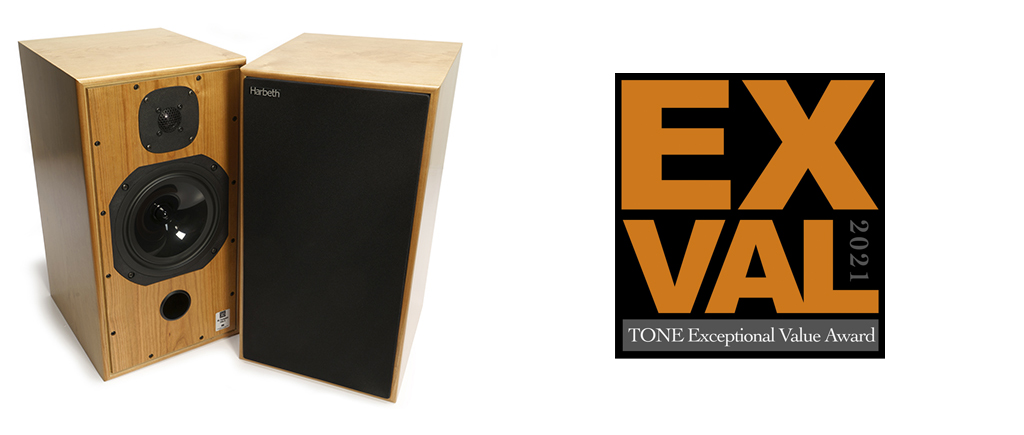
Harbeth.co.uk (factory)
Fidelisdistribution.com (US Distributor)
603-880-4434
Peripherals
Digital Source dCS Vivaldi ONE
Analog Source Nagra Classic Phono, AVID Volvere SP, SME 309, Eminent Hyper EX
Preamplifier Nagra Classic Preamp
Amplifier McIntosh MC1502
Cable Cardas Clear, Tellurium Q Black Diamond
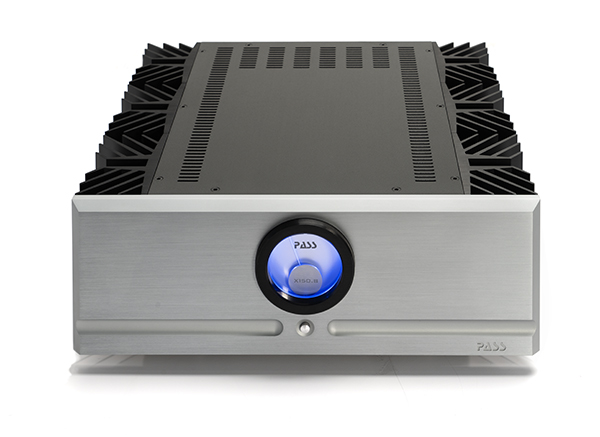 If you’ve thought about a big pair of Pass mono block amplifiers, but just don’t quite have the room, consider their X-series amplifiers.
If you’ve thought about a big pair of Pass mono block amplifiers, but just don’t quite have the room, consider their X-series amplifiers.



